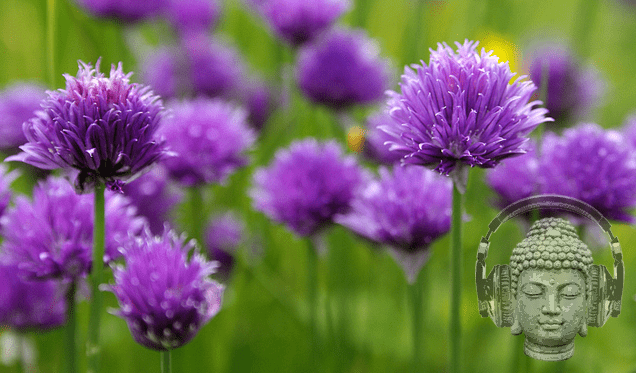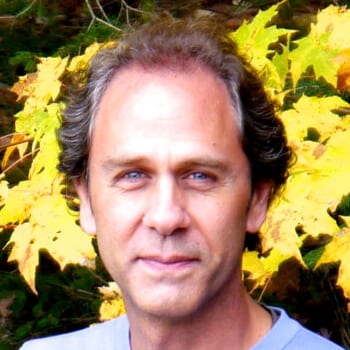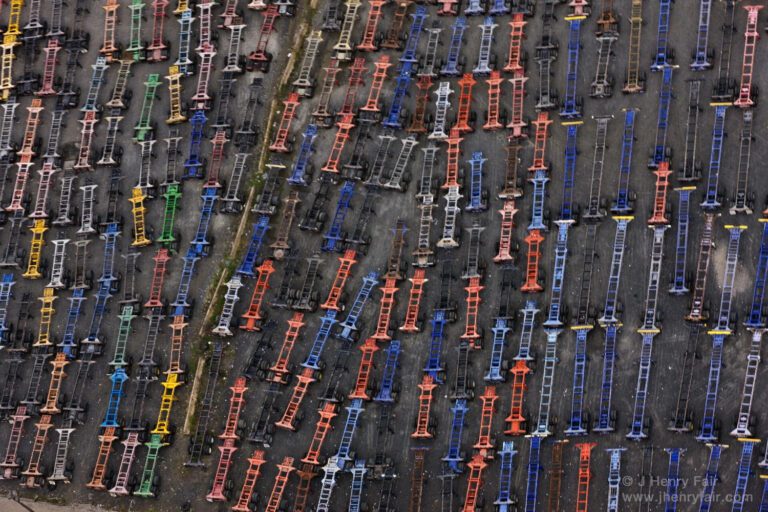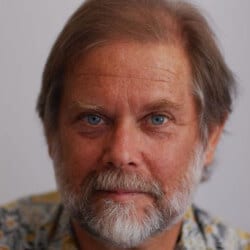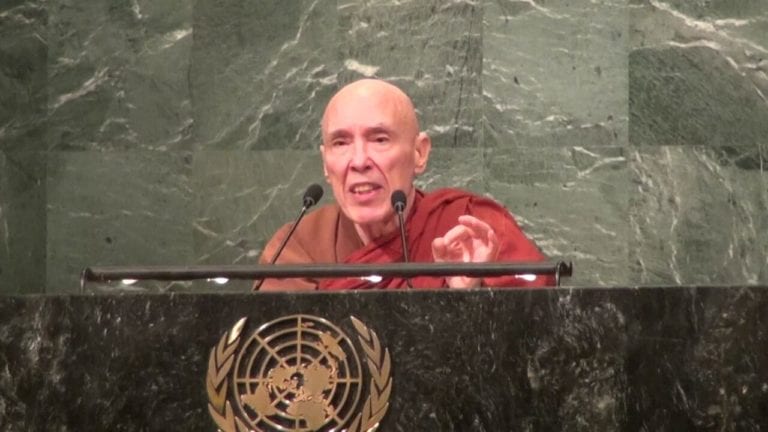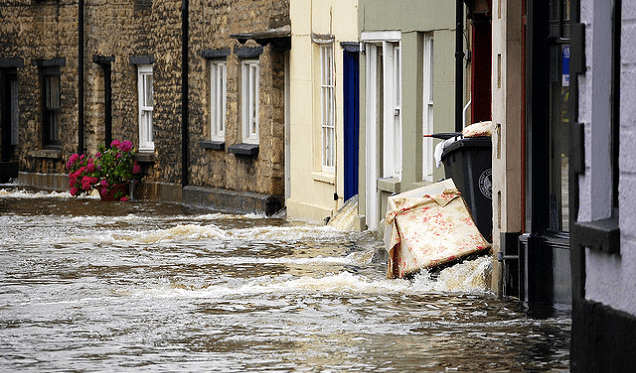I’ll begin this last portion of my talk with this selection of Bob Doppelt’s book, “From Me to We”. Doppolt is a dharma practitioner, and you can hear some of the dharma wisdom coming through what he writes:
“Economic breakdown, rising unemployment, and escalating political hostility, coming at a time of intensifying climate upheaval (storms, floods, heat waves, and droughts) have left us all confused and despondent. Everywhere we look the systems we depend on seem to be collapsing. At first reaction is to blame others for these problems … [b]ut we often project onto others the very things we need to examine in ourselves. The economic, social, and environmental ills we face today are of our own making. They are the outcomes of how we see and respond to the world. Unethical corporations and disreputable politicians might seem to cause the most egregious harm, but they are merely taking today’s dominant cultural perspectives to the extreme. The challenges our society faces today illuminate the changes each of needs to make inside ourselves.”
How does our dharma practice help us look at ourselves in this way? To begin our exploration, let’s turn to the Dhammapada – a collection of what you might say are the most pithy teachings of the Buddha. This is the very first quote of this collection, so you might say it has some weight. In the words of the Buddha: “All experience is preceded by mind, led by mind, made by mind. Speak or act with a corrupted mind and suffering follows, as the wagon wheel follows the hoof of the ox. All experience is preceded by mind, lead by mind, made by mind. Speak or act with a peaceful mind and happiness follows like a never departing shadow.”
Okay, but what is a corrupted mind? And what is the peaceful mind that the Buddha was speaking to? How do I know what a corrupted mind or what a peaceful mind is? How do I know what actually leads to happiness, and what actually leads to suffering? The answer is, through our practice – through our own experience. It is not from me or another teacher saying it or something you read in a book. You know, yourself, what actually leads to happiness and what leads to suffering.
Ajahn Chah said, “If you want to understand your own mind, then sit down and look at it.”
It is that simple. This is what we are doing with our practice. We are learning that see that we create our own world, moment by moment. When I say create, I don’t mean by magic. What I mean is, if there is a lot of fear in my mind and I don’t identify it, I am living in a fearful world. If there are strong feelings of love and compassion within me then the world I live in, in that moment, is a very loving and compassionate world. So we don’t create the world magically, but we do create it. Patterns of the mind lead to physical constructions of reality. Global climate change has been created by the mind. Created by strong greed, sense desire, and fear, which takes us to the last dharma principle that I want to talk about.
If you dig down to the bottom of why human beings suffer what we discover is that we mistakenly take ourselves to be solid, unchanging entities that exist separately from everything else. This is what the Buddha referred to as ignorance: the “root defilement”. Look closely. Use your practice to connect with and look closely at your own experience. If I look closely, I can see that the degree to which my thoughts revolve around what I want, what’s good for me, what would be most pleasurable for me and then, conversely, what I don’t want, what would be least pleasurable for me – the degree to which this is the predominant paradigm in my mind, running the show, is the degree to which I don’t see or understand that how I live impacts all other life – that we are connected, deeply connected. Why don’t we see this? Because we’re not looking. I can’t see that I’m connected to you if I’m so involved with me. It’s not rocket science. If we are so involved with ourselves we are not going to know or understand that we’re connected.
This intense focus on self and this belief in a separate self also invokes a tremendous amount of fear that I won’t get what want or what I need. So, a strong sense of separate self and fear are bound together. They are inseparable. The more our world revolves around a solid, separate sense of self, the more afraid we are and the more we consume and try to manipulate our environment to quell that fear. It is this consumption and manipulation of our environment, in reaction to being afraid that we won’t get what we want and need (which itself stems from this mistaken view that we’re separate) that is at the core of how humanity has gotten to this point. Not just in climate change, but in all sorts of difficulties that we’re having. This is, if you dig down and ask why, the core reason. And it is at the core of why global climate change is happening.
This is by Dilgo Khyentse Rinpoche (a Tibetan master from the last century): “One sees that all human suffering results from one’s own and other’s fundamental ignorance, which misconstrues the infinite display of illusory appearances as being composed of separate, permanently existing entities.”
Remember wise view? This is wrong view, this view of separate self. This wrong view is a self centered view of the world, a view that does not see clearly how we create our own suffering. But when we connect – by training our hearts and minds to connect, to be present – then we can come to know: How does it actually feel to focus so much on ourselves? Spending our resources of time, attention, creativity, and money just on ourselves – trying to make ourselves more comfortable, have more pleasant experiences, and keep away unpleasant experiences – what is that experience actually like? We want to look at this, see for ourselves, each of us. When I look at what this feels like for me I notice that it feels isolating, deadening, cut off, not connected to life. Then we want to look and see: how does it actually feel to share our time, energy, money, and other resources with others? How does it feel when we’re generous? We want to look and see. For me it feels good, it feels right, it feels enlivening, connecting, open. We love that! Even when we’re not used to it.
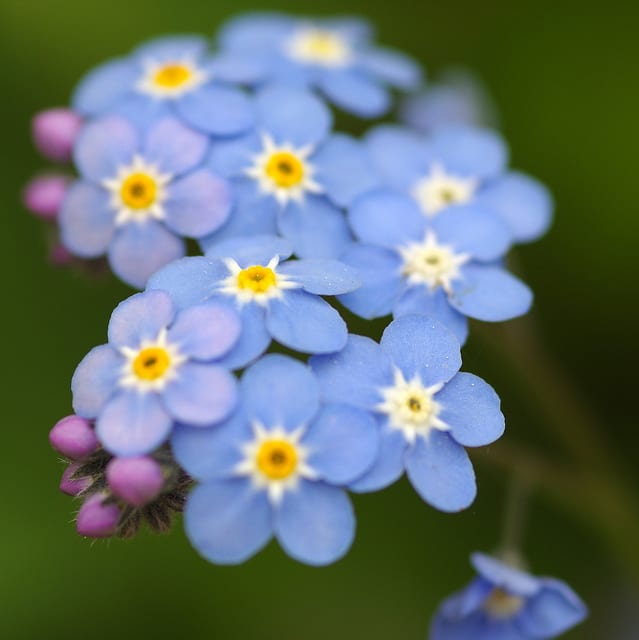
Here is a simple example of what I mean, and some of you may have experienced this. Think about what it’s like after a significant weather event, like a hurricane or really bad storm, when you go out to your neighbor – somehow who, previous to this, you don’t talk to much. It’s not because of any ill willl, you’ve just each been going about your own life and don’t talk much. But after the blizzard, the hurricane, whatever the event is, you go over and you ask, “Are you okay? Do you need anything? The electricity is out, but I have a generator and a freezer, so if you want to keep your food over here please bring it …” We feel ourselves open and be generous with our resources, and it feels so beloved to do that. Something like a big weather event takes us out of our little world and tells us it is okay to reach out now. This is what’s called for now. It gives us permission and we jump on it, because we love it.
So based on all this, how can we respond to global climate change? What would be an appropriate response? This response needs to include a change in world view from each individual for themselves to one where we’re all in this together, as Bob wrote in his book, “From Me to We”. And this is supported by neuroscience that tells us we’re wired to cooperate – that’s how we are put together.
Listen to what Joanna Macy has to say about this in her book Active Hope: “What inspires people to embark on projects or support campaigns that are not of immediate personal benefit? At the core of our consciousness is a wellspring of caring and compassion. This aspect of ourselves, which we might think of as our connected self, can be nurtured and developed. We can deepen our sense of belonging in the world like trees extending their root systems. We can grow into connection, thus allowing ourselves to draw from a deeper pool of strength, accessing the courage and intelligence that we so greatly need right now. This … involves insights and practices that resonate with venerable spiritual traditions, while in alignment with revolutionary new understandings from science.”
So, it’s not that we don’t have a wellspring of caring and compassion within. We do. We all do. That isn’t the problem. The problem is that these minds, that we are constantly creating the world with moment by moment, are often deluded and not seeing things as they actually are. From not seeing cause and effect to not seeing the incredible interdependence of things to believing in a solid, separate self – we project this mistaken reality onto life and then live life as though it were real. We make decisions, individually and collectively, on that mistaken view.
The result of this delusion in the human heart and mind is widespread feelings of fear, isolation and disconnection from life. The result in the outer world is simply a manifestation of this collective deluded and fearful inner world. So I want to suggest that a very appropriate way to address global climate change is to look at the root issues of why we do what we do. Understand it, each of us, for ourselves.
If we can summon up the courage to look closely at our hearts and minds, and see for ourselves how we mistakenly create our own and others’ suffering, then not only will we begin to mitigate the causes and therefore the effects of global climate change but we will spontaneously open to that wellspring of caring and compassion that Joanna Macy spoke of. We will open to a level of energy and creativity that has not been known to us, although when we feel it we will know that it was already there. We’ll begin to get in touch with the depth of our natural love and compassion for all of life. And the mind’s natural radiance, that shines the light on the truth of suffering and its causes and on the truth of happiness and its causes, will dawn.
If there ever were a more perfect situation for dharma practice than global climate change, I don’t know what it would be.
It is actually a great situation to practice with because it is demanding us to engage in dharma practice and to see things as they are. It is screaming for us to do that. And if we do, we can turn this impending human tragedy into a vehicle for awakening of the human heart and mind. Because it is such an intense thing, the power of that intensity can be transformed into the power of awakening. It all starts by learning to be present to ourselves and what is present in the moment. It all starts with that and it all ends with that.
I want to close with a quote that speaks to the wonderful transformation that can happen from taking something that is difficult and having it be this jewel for awakening. This is a poem by Jennifer Welword called “Unconditional”.
Willing to experience aloneness, I discover connection everywhere.
Turning to face my fear, I meet my warrior within.
Opening to my loss, I gain the embrace of the universe.
Surrendering into emptiness, I find fullness without end.
Each condition I flee from pursues me.
Each condition I welcome transforms me and becomes itself transformed into its radiant, jewel-like essence.
I bow to the one who has made it so.
Who has crafted this master game.
To play it is true delight.
To honor its form, true devotion.
This transcription has been edited for readability as a Dharma article. Listen to the full talk from Dharma Seed: The Dharma Of Global Climate Change

